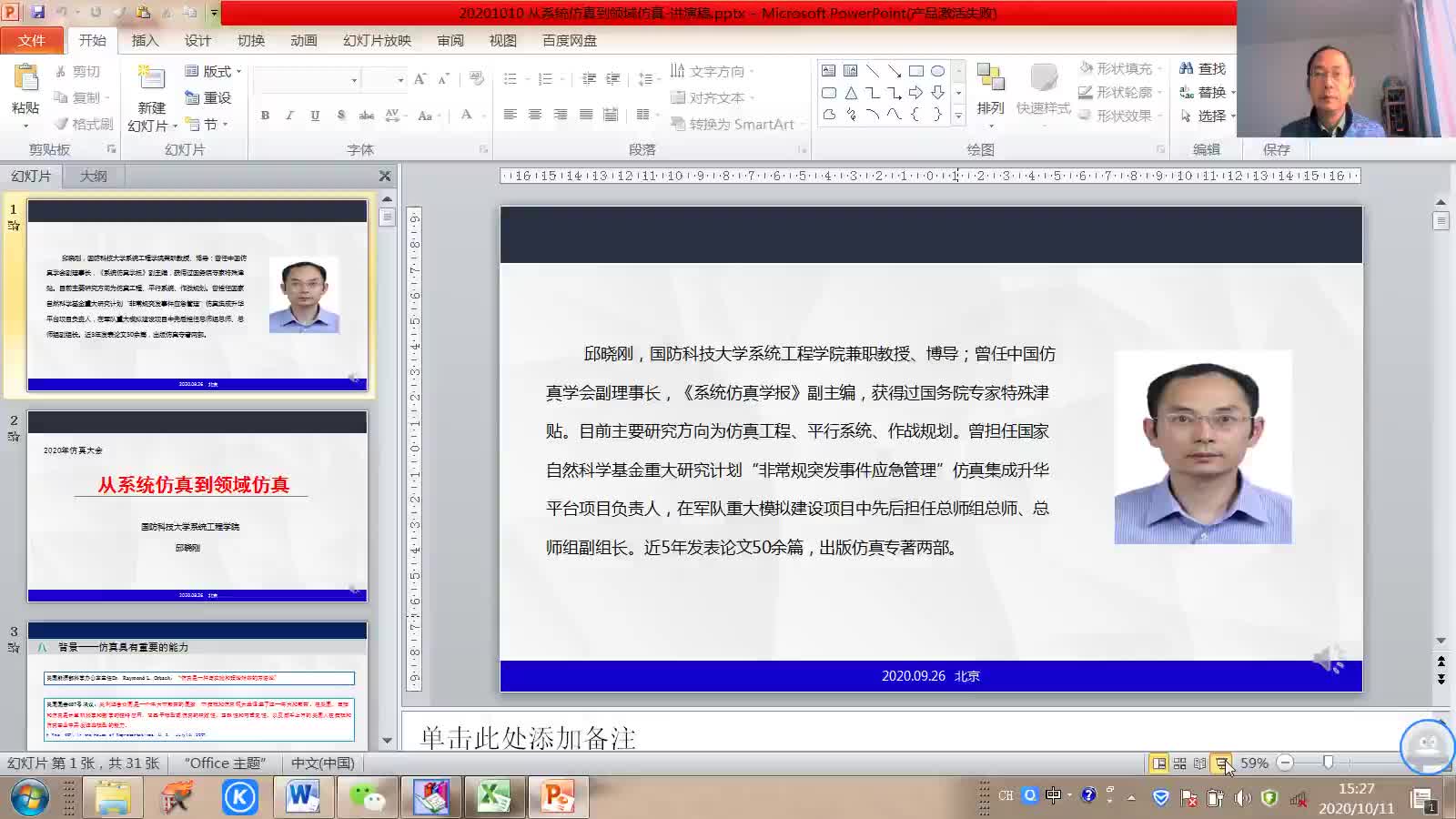Search scope:
排序: Display mode:
Zhang Harry, Yu Shaw
Frontiers of Environmental Science & Engineering 2008, Volume 2, Issue 3, Pages 267-273 doi: 10.1007/s11783-008-0058-0
Keywords: representative hydrologic occurrence simulation approach scarcity alternative
Ruifen Liu, Elizabeth Fassman-Beck
Frontiers of Environmental Science & Engineering 2017, Volume 11, Issue 4, doi: 10.1007/s11783-017-0951-5
Keywords: Bioretention Hydrologic process Underdrain configuration SWMM Modeling
Congcong Li, Yanpeng Cai, Zhong Li, Qianqian Zhang, Lian Sun, Xinyi Li, Pengxiao Zhou
Engineering 2022, Volume 19, Issue 12, Pages 24-39 doi: 10.1016/j.eng.2021.04.029
Keywords: Dry–warm valley Hydrologic simulation Multi-ensemble GCMs Climate change Land use variations

The extension of simulation —— from system simulation to domain simulation
28 Nov 2020
Keywords: 仿真技术
Hydrologic and water quality performance of alaboratory scale bioretention unit
Jun Xia, Hongping Wang, RichardL. Stanford, Guoyan Pan, Shaw L. Yu
Frontiers of Environmental Science & Engineering 2018, Volume 12, Issue 1, doi: 10.1007/s11783-018-1011-5
Keywords: Bioretention unit Spongecity Stormwater runoff Peak reduction Pollutant removal
A Parallel Adaptive Metropolis Algorithm for Uncertainty
Cheng Chuntian,Li Xiangyang
Strategic Study of CAE 2007, Volume 9, Issue 9, Pages 47-51
Keywords: hydrologic model uncertainty assessment MCMC PAM parallel computing
Development and Application of Simulation Technology
Wang Zicai
Strategic Study of CAE 2003, Volume 5, Issue 2, Pages 40-44
This paper discusses the developing process of simulation technology in view of its development, maturationThen this paper introduces the application of simulation technology in the fields of national economyFinally, this paper analyzes the level and status quo of home and overseas simulation technology, and
Keywords: simulation technology system simulation hardware in loop simulation distributed interactive simulation
Numerical simulation of benzene transport in shoreline groundwater affected by tides under different
Frontiers of Environmental Science & Engineering 2022, Volume 16, Issue 5, doi: 10.1007/s11783-022-1540-9
● An approach for assessing the transport of benzene on the beach was proposed.
Keywords: Numerical simulation Benzene Transport and fate Shoreline Groundwater Tide
Numerical simulation of micro scale flowing and boiling
Wen WANG, Rui ZHUAN,
Frontiers in Energy 2009, Volume 3, Issue 4, Pages 396-401 doi: 10.1007/s11708-009-0049-2
Keywords: volume-of-fluid (VOF) micro channel nucleate boiling bubble dynamics simulation
CFD simulation on membrane distillation of NaCl solution
Zhaoguang XU, Yanqiu PAN, Yalan YU
Frontiers of Chemical Science and Engineering 2009, Volume 3, Issue 3, Pages 293-297 doi: 10.1007/s11705-009-0204-7
Keywords: membrane distillation computational fluid dynamics (CFD) simulation temperature polarization carbon membrane
Numerical simulation of multi-body floating piers to investigate pontoon stability
Mostafa Shahrabi, Khosrow Bargi
Frontiers of Structural and Civil Engineering 2013, Volume 7, Issue 3, Pages 325-331 doi: 10.1007/s11709-013-0209-7
Keywords: coastal structures numerical simulation floating pier rigid pontoons stability
Dynamic simulation based optimized design method of concrete production system for RCC dam
ZHAO Chunju, ZHOU Yihong
Frontiers of Structural and Civil Engineering 2007, Volume 1, Issue 4, Pages 405-410 doi: 10.1007/s11709-007-0055-6
Keywords: interacted dynamic simulation construction resource RCC
Frontiers of Chemical Science and Engineering 2023, Volume 17, Issue 3, Pages 347-357 doi: 10.1007/s11705-022-2246-z
Keywords: reverse separation graphene membrane ethanol/water separation molecular simulation
Fault simulation of boiler heating surface ash deposition in a power plant system
Weiwei ZHANG, Huisheng ZHANG, Ming SU
Frontiers in Energy 2011, Volume 5, Issue 4, Pages 435-443 doi: 10.1007/s11708-011-0162-x
Keywords: boiler slagging ash deposition fault simulation
GIS-based numerical simulation of Amamioshima debris flow in Japan
Jian WU, Guangqi CHEN, Lu ZHENG, Yingbin ZHANG
Frontiers of Structural and Civil Engineering 2013, Volume 7, Issue 2, Pages 206-214 doi: 10.1007/s11709-013-0198-6
Keywords: debris flow numerical simulation GIS movement erosion deposition
Title Author Date Type Operation
Critical flow-storm approach to total maximum daily load (TMDL) development: an analytical conceptual model
Zhang Harry, Yu Shaw
Journal Article
Hydrologic experiments and modeling of two laboratory bioretention systems under different boundary conditions
Ruifen Liu, Elizabeth Fassman-Beck
Journal Article
Hydrological Response to Climate and Land Use Changes in the Dry–Warm Valley of the Upper Yangtze River
Congcong Li, Yanpeng Cai, Zhong Li, Qianqian Zhang, Lian Sun, Xinyi Li, Pengxiao Zhou
Journal Article
The extension of simulation —— from system simulation to domain simulation
28 Nov 2020
Conference Videos
Hydrologic and water quality performance of alaboratory scale bioretention unit
Jun Xia, Hongping Wang, RichardL. Stanford, Guoyan Pan, Shaw L. Yu
Journal Article
A Parallel Adaptive Metropolis Algorithm for Uncertainty
Cheng Chuntian,Li Xiangyang
Journal Article
Numerical simulation of benzene transport in shoreline groundwater affected by tides under different
Journal Article
CFD simulation on membrane distillation of NaCl solution
Zhaoguang XU, Yanqiu PAN, Yalan YU
Journal Article
Numerical simulation of multi-body floating piers to investigate pontoon stability
Mostafa Shahrabi, Khosrow Bargi
Journal Article
Dynamic simulation based optimized design method of concrete production system for RCC dam
ZHAO Chunju, ZHOU Yihong
Journal Article
Mechanism of ethanol/water reverse separation through a functional graphene membrane: a molecular simulation
Journal Article
Fault simulation of boiler heating surface ash deposition in a power plant system
Weiwei ZHANG, Huisheng ZHANG, Ming SU
Journal Article








